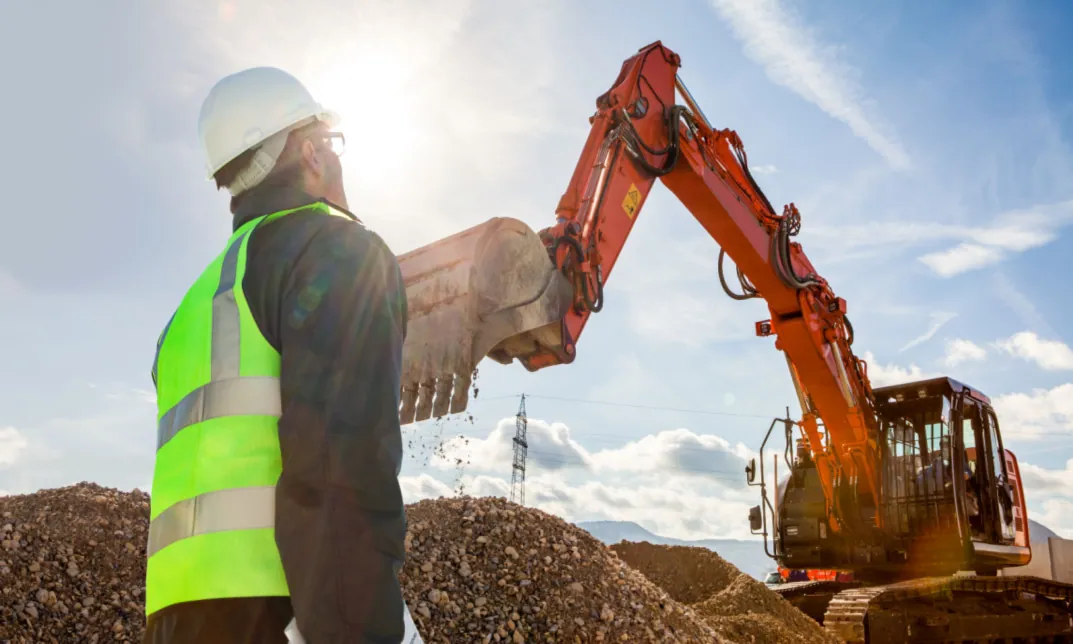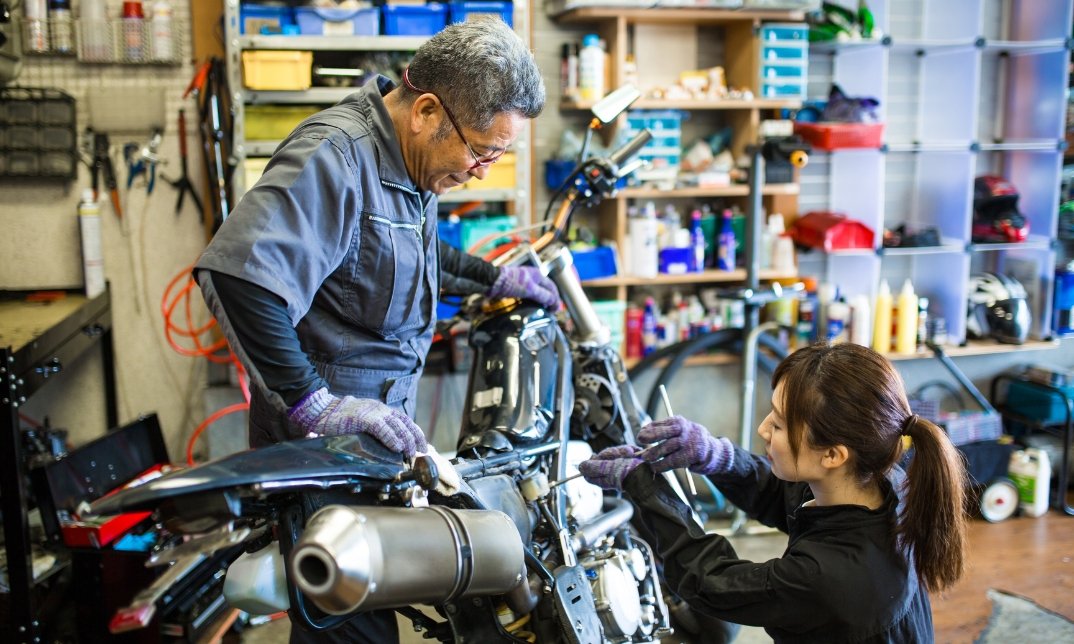No products in the cart.
In the busy world of construction and industrial sites, safety and smooth operations are essential. One key role that helps achieve this is the banksman. But what exactly does a banksman do, and why are they so important? In this article, we will clearly explain what a banksman is, their main duties, the skills they need, and how they help prevent accidents. Whether you already know some construction terms or are just starting to learn, this easy-to-understand guide will help you get to know the important job of a banksman.
What is a Banksman?
A banksman is a person who helps guide vehicles and machinery on a construction or industrial site. Their main job is to make sure everything moves safely and smoothly by giving clear signals and instructions to drivers and machine operators. This helps prevent accidents and keeps the site running efficiently.
Banksmen are especially important when it’s hard for drivers to see, such as in areas with a lot of machinery or during tricky activities. They use hand signals, radios, and other tools to communicate with operators. By doing this, banksmen ensure that everyone stays safe and that work gets done without any problems.
What Are a Banksman’s Duties and Responsibilities?
The controlled chaos of a construction site relies heavily on a skilled professional – the banksman. But what exactly does a banksman do? Their duties and responsibilities fall under the umbrella of ensuring the safe and efficient movement of vehicles and machinery.
Safety First:
- Hazard Identification: Banksmen have a keen eye for potential dangers. Large blind spots on vehicles, uneven terrain, and congested work areas are all situations where a banksman identifies and mitigates risks. This might involve stopping activities, adjusting load positioning, or even redesigning traffic flow on the site.
- Communication is Key: Clear and concise communication is essential. Banksmen use a standardised system of hand signals and radios to effectively communicate with drivers and operators. They ensure everyone involved understands the plan and can react accordingly, preventing accidents and injuries.
Orchestrating the Worksite:
- Traffic Flow Management: Banksmen act as conductors, directing the flow of vehicles and machinery. They guide drivers in reversing, handling tight spaces, and ensuring a smooth flow of traffic to minimise congestion and delays.
- Directing Vehicle Movement: These are positioned strategically to provide clear guidance to drivers. They signal for turns, stops, and adjustments, ensuring safe operation and preventing collisions. This often involves working long hours and being constantly vigilant.
Beyond the Basics:
- Understanding the Site: Banksmen don’t operate in a vacuum. They must have a thorough understanding of the site layout, including traffic flow patterns, designated loading zones, and any specific safety protocols in place. This knowledge allows them to make informed decisions and adapt their strategies as needed.
- Teamwork: Construction is a collaborative effort. Banksmen work closely with other personnel on the site, including crane operators, truck drivers, and general labourers. Effective communication and teamwork ensure everyone is aware of the plan and can contribute to a safe and efficient work environment.
How to become a banksman?
Becoming a banksman requires specific training and skills to ensure safety and efficiency on construction or industrial sites. Here’s a step-by-step guide on how to become a banksman:
Education and Qualifications:
- Formal Training: Though not always mandatory, enrolling in a banksman training course provides you with the necessary skills and knowledge. These courses are often recognised by industry bodies. It will cover topics like safe working practices, hand signals, communication, and regulations.
- Apprenticeship: Consider an apprenticeship program in plant operation or a related field. This combines on-the-job experience with classroom learning. It can allow you to gain practical skills under the guidance of experienced professionals.
Essential Skills:
- Clear Communication: The ability to effectively communicate with drivers and operators using hand signals and radios is important.
- Safety Awareness: A keen eye for detail and a strong commitment to safety regulations are essential for identifying and mitigating hazards.
- Physical Fitness: The job requires good physical fitness for manoeuvring around worksites and potentially working long hours.
Experience and Certifications:
- Gain Experience: Look for entry-level roles on construction sites or in relevant industries. Even starting as a labourer can provide valuable on-site experience with the work environment.
- Certification: Depending on your location and industry, specific certifications might be required. Completing your training and acquiring relevant licenses demonstrates your competency to potential employers.
Conclusion
A banksman is essential for keeping construction and industrial sites safe and efficient. They guide vehicles and machinery to prevent accidents and ensure smooth operations. To become a banksman, you need to understand the role, get the right training, and gain practical experience. Their clear communication and expertise are key to a well-organized and safe work environment. Whether you’re thinking about this career or just want to learn more, it’s important to appreciate the crucial role of a banksman in site operations.







